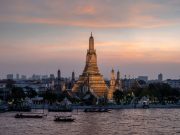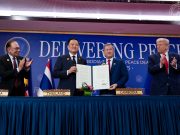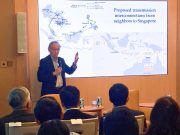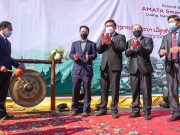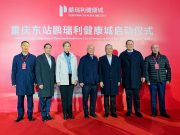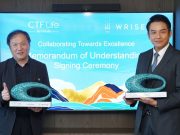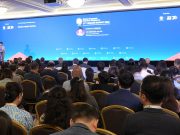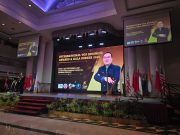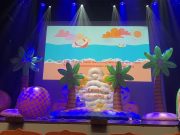(Singapore, 02.06.2025)Indonesia wants to strengthen its partnership with Singapore by combining creativity with technology to shape the future of innovation in Southeast Asia. During the gathering of global tech and creative leaders in ATx Summit, held in Singapore on 28 May, Deputy Minister of Creative Economy and Deputy Head of the Creative Economy Agency of Indonesia, Irene Umar shared her hopes for deeper collaboration between the two countries and beyond.
“The mission today here is simple,” the minister said to Fortune Times. “Singapore is one of the center of innovations for Southeast Asia, and there are a lot of stakeholders that are here. So we hope to meet them today from all over the world and see how to shape the future with technology and innovation that’s available.”
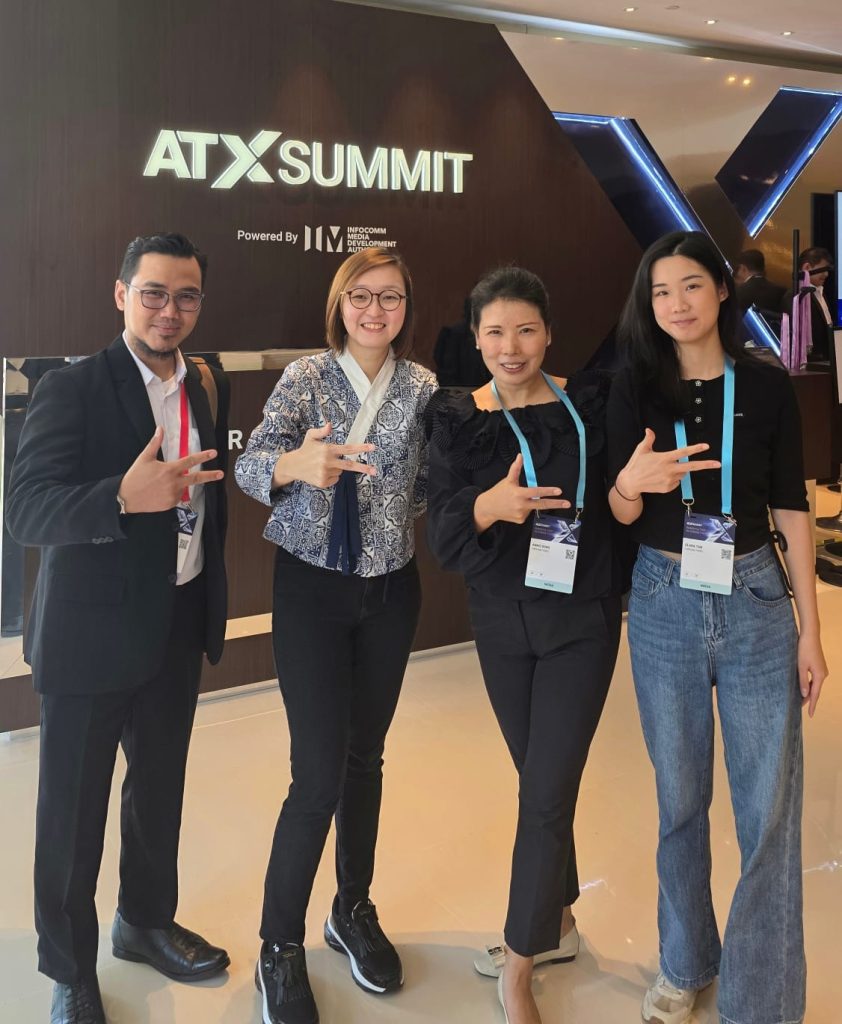
She explained that innovation today is not just about using new tools, but about changing the way people live and work. “It’s not just simply tech, but it’s how it will reshape how we do our life, how we work, and how we interact with each other,” she said. “The hope today is to first learn, second connect, and lastly, to collaborate.”
The minister said that Singapore and Indonesia each bring something important to the table.
“There’s a lot of areas that we could learn from Singapore. Tech is definitely one, high-tech stuff is definitely in Singapore,” she said. “Creativity is definitely from Indonesia.”
She pointed to the gaming industry as one example. “In the gaming industry, we look at a number of new games that are being uploaded to Steam. You’ll see number of games that are distributed by Indonesian game developers. It’s actually number one, especially in Southeast Asia. And when we talk about creative awards, Indonesia also dominates.”
The minister said the mix of Indonesia’s creative talent and Singapore’s technology and global marketing tools could lead to strong partnerships. “With the creative juice that Indonesia have, combined with the technological availability that Singapore have, and also the marketing hub of the Google, this is a very good collaboration,” Irene Umar added.
Minister also spoke about the importance of language and local identity in building artificial intelligence. She mentioned a new large language model (LLM) project called “Sea-Lion,” which was brought up earlier by Singapore’s Minister for Digital Development and Information, Josephine Teo.
“One of the language is definitely widely spoken, will be Indonesian,” she explains. “And so that I foresee that there’s a huge collaboration between Indonesia and Singapore.”
Irene Umar added that the government can start the effort, but the work must go beyond that. “Not only within the government—government could be the entry point—but with all the universities, the stakeholders, and with innovators in Indonesia as well, so that the large language model for ASEAN could be successful.”
The minister highlighted Indonesia’s creative economy and what makes it unique. “The advantage or resources Indonesia have is our manpower, our creativity,” she said.
Shee also mentioned that many people come to Indonesia to work remotely, especially in places like Bali. “There are a lot of digital nomads coming to Bali. Indonesia is also one of the top destinations for digital nomads to come.”
Irene Umar explains that she believes Indonesia’s culture and natural beauty are the main sources of its creative energy, and the source of creativity comes from culture and nature, which Indonesia provides.
“Imagine if you want to be inspired, would you go to a concrete jungle, or would you go to nature? For nature, Indonesia have that.” Irene Umar sees the creativity that we have in Southeast Asia to be “beyond measure”.
While Bali remains the most famous destination, the minister stressed that creativity is growing in many other parts of Indonesia.
“Family office business is not only in Bali. A lot of families want to have an excuse to come to Bali,” when asked about family office business being set up in Bali, Irene Umar responded. “But what’s very important for Indonesia is that the creativity starts from many cities and small villages, not only Bali.”
She gave an example from Lombok, an island near Bali, which is quickly becoming a new center for tourism and innovation. “We have very good development happening in Lombok with Mandalika race track that we were able to attract prominent players and racers to come to that city,” she said.
She added that these smaller cities are also becoming hubs for new ideas. “There are a lot of developments in smaller cities that we foresee that will be the hubs of creativity, not only technology, but the creative juice that will be flowing,” she said. “And I think that’s something that even a lot of people from China actually come to Indonesia to tap into this.”
The minister’s remarks made it clear that Indonesia sees the future of innovation in Southeast Asia as something that must be built together.
While Singapore offers strong tech and infrastructure, Indonesia brings creative energy and cultural depth. Together, the two countries can lead the region in areas like AI, creative industries, and digital economy.
“We are in intersections of humanity,” the minister said. “We hope to connect and collaborate—with government, universities, innovators, and people from all over the world—to build a better future.”
By Intern Journalist
Jie Ying Tan



